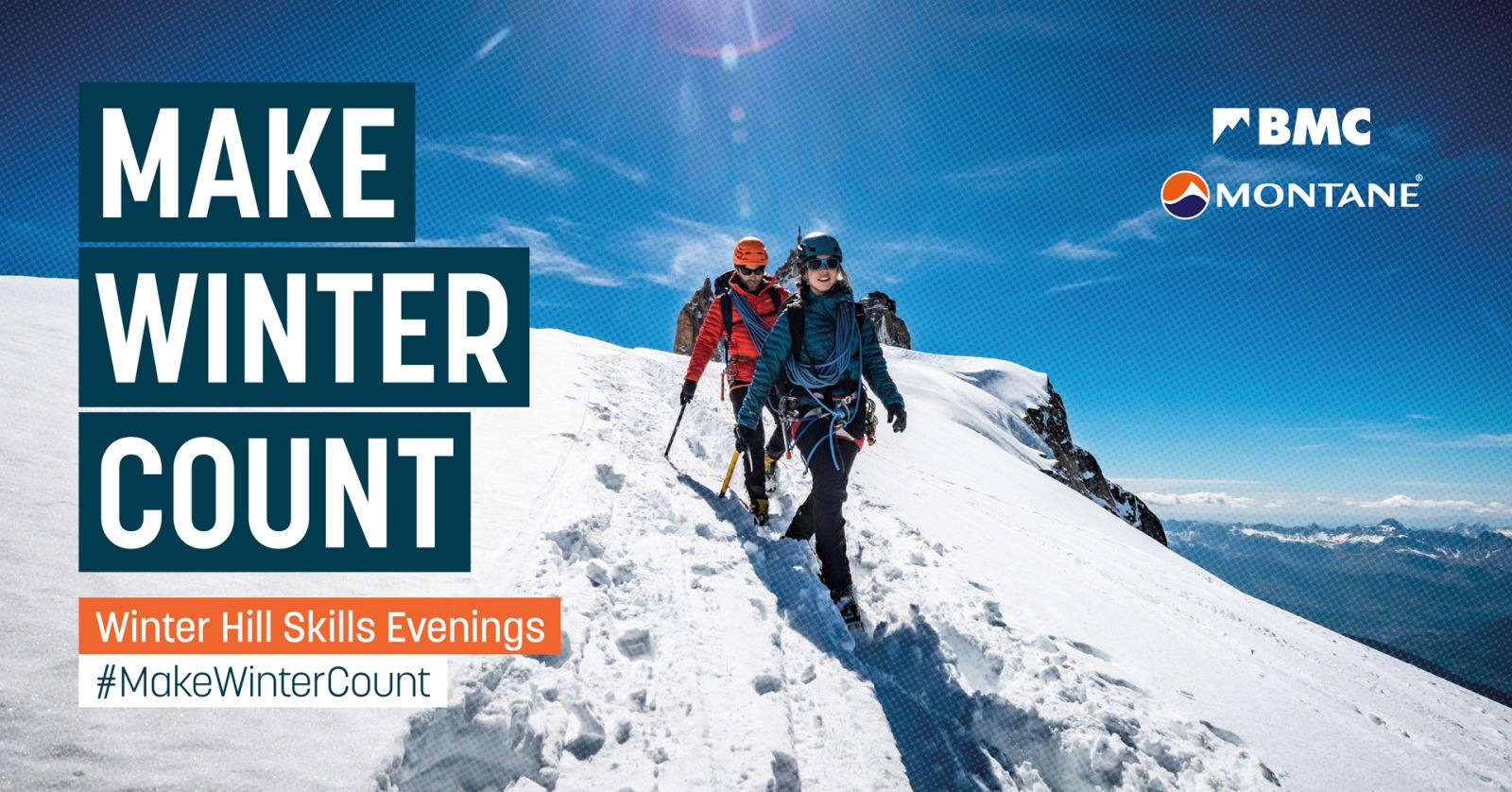Mountain weather wizard Geoff Monk tells us what goes into the forecasts that outdoor enthusiasts all over Britain rely upon: the Mountain Weather Information Service.
Mountain weather is a specialist area of weather forecasting. We spend a lot of time concentrating on this one area of work and so we have gained considerable expertise. This is enhanced when we get out into the mountains. For example, on occasions we are able to prepare and write the forecasts from places like Glenmore Lodge in the Cairngorms.
We really try and paint a picture of what it will actually feel like to be on the hills. We have that insight because we’ve been there in those situations. We know that if winds are widely above 50mph, for example, they are going to dominate your experience. There are also local peculiarities you only learn through experience which the models can miss or only partially represent.
Words are very important. We’re conscious that while some people will scrutinise the forecast in detail, others will only have the opportunity to form a very quick impression, so it’s important to get across the key points.
We often reinterpret what the general forecasts say. A general forecast might say something like ‘sunny intervals and frequent showers.’ But in reality, in the mountains, showers can fall one after another, and particularly when windy the rain will rarely cease for a few hours. Plus you’ll have wet ground, paths running with water, streams full, waterproofs on for nine tenths of the day… let’s be honest, it’s rain.
Strange things happen to weather because the mountains are there. On a given day we might expect a temperature of say, +5 degrees centigrade at 1200 metres if mountains weren’t there. But what might actually happen is that cold air from just above the sea surface is carried by the wind rises over the top of the mountains, cooling a degree every hundred metres, so instead of +5 at 1200 metres we end up with a temperature much close to freezing point, resulting in sleet or snow. Thus getting the freezing level right in some conditions can be very difficult.
I accept the criticism that our forecasts can sometimes seem negative. That will not change. We have to express ourselves in a few lines. We might have a very complex picture with various possibilities, but the worst case scenario has to go in. It might not happen, but for safety reasons we need to make full representation of what could be very severe conditions, and because of lack of space, there may not be the opportunity to full explain the other possibilities.
There is an art writing a forecast, as well as a science. We try to vary the language, because I think if you look at forecasts often you get word blindness.
Meteorology has changed massively from when I first started. There is so much more data available now even compared to a decade ago. A lot of the skill now is in learning how to inspect and interpret the data quickly.
It’s too unreliable to provide detailed forecasts more than three days ahead, particularly in the mountains. You can have a front coming in from the west, but six hours difference in timing can make a difference between a good and bad day on the hill. Even three days can be challenging on some occasions.
When I go to the hills I think ‘how would I have interpreted my forecasts this morning’? I think it’s important to regularly experience what you actually write, and that people doing the forecasts have experience on the hills.
We could have snow-free winters in two or three decades time. I think the jury is still out as to exactly what will happen to Britain because of climate change. But to me it makes sense that in a decade or two snow levels will become very iffy, and from 2040 there may will be very few winters when snow falls except for at the very highest levels.
Other articles in this series
Mountain Rescuer: “Even experienced people can underestimate Snowdon in winter.”
Avalanche forecaster: "I wouldn't recommend being avalanched to anyone"
'Snow patch' expert: "These would be the beginnings of glaciers"

Take your winter adventure skills to the next level with #MakeWinterCount.
These popular events are back to help you stride out into the winter hills and mountains with confidence. We will be running three events this year, with in person evenings in London on 29th November and Manchester on 30th November, and a virtual event on Zoom on 1st December.
This event is brilliant for anyone who wants to learn more about winter hill and mountain skills. You'll go from bumbling about to striding with confidence to the summit after you've gained all the knowledge from our experts Sam Leary and Mick Jones.
Event content
The evening will cover everything the new winter adventurer could possibly need including:
-
What to wear
-
Planning your day
-
Reading the weather
-
Packing a rucksack
-
Boots, crampons & axes
-
Avalanche awareness
« Back